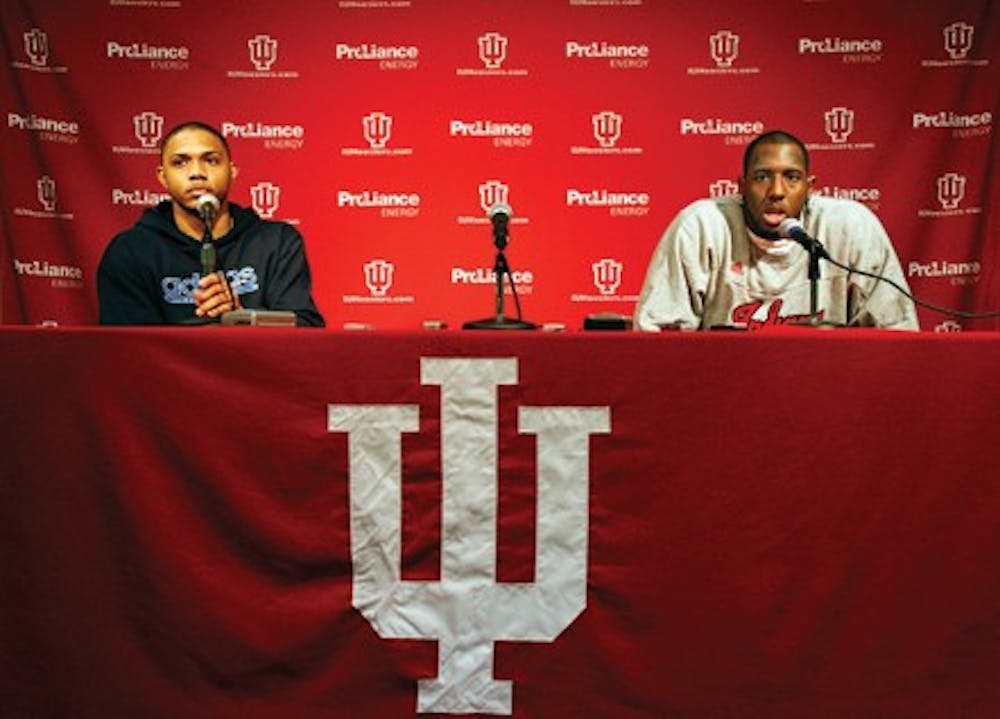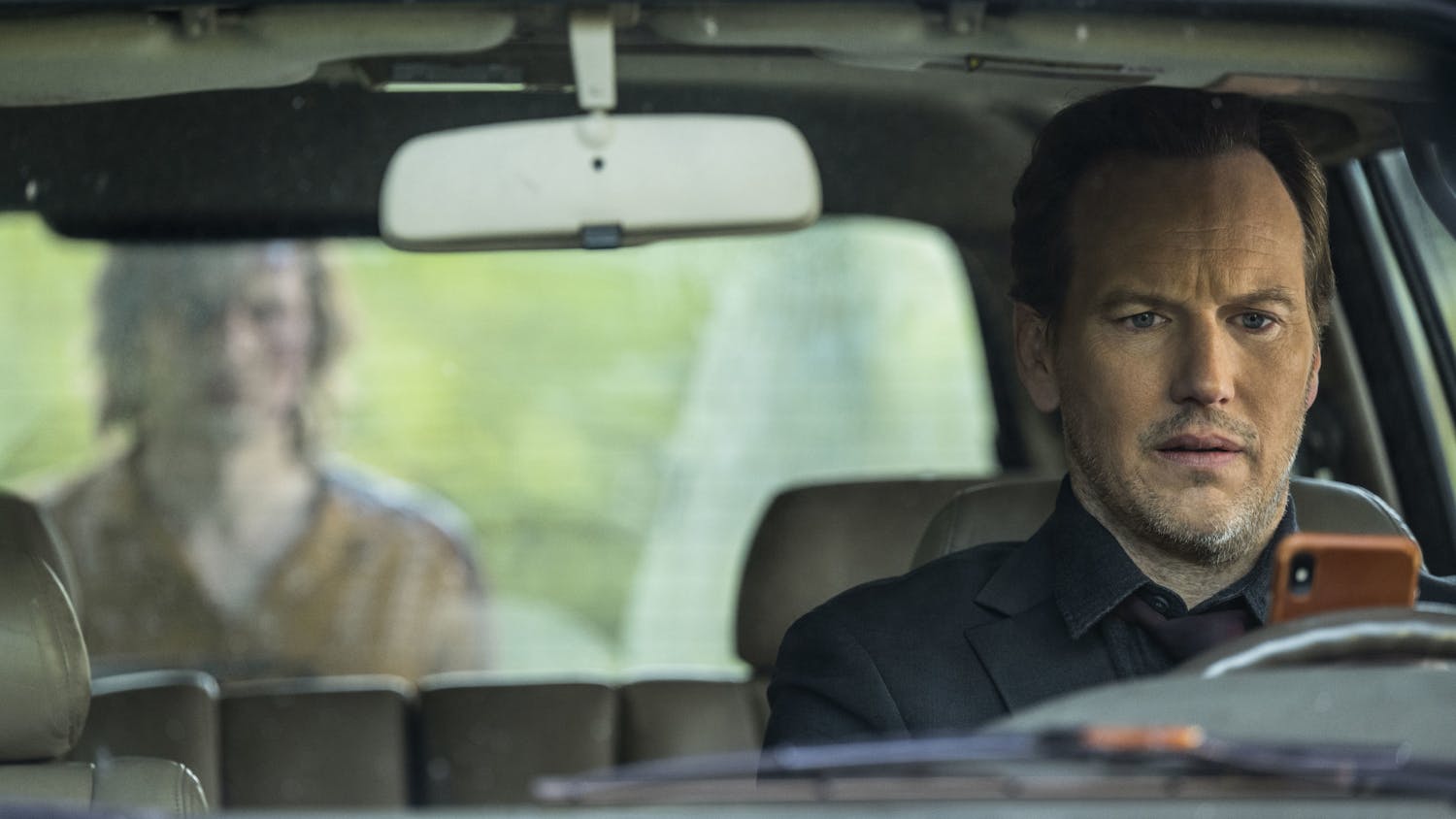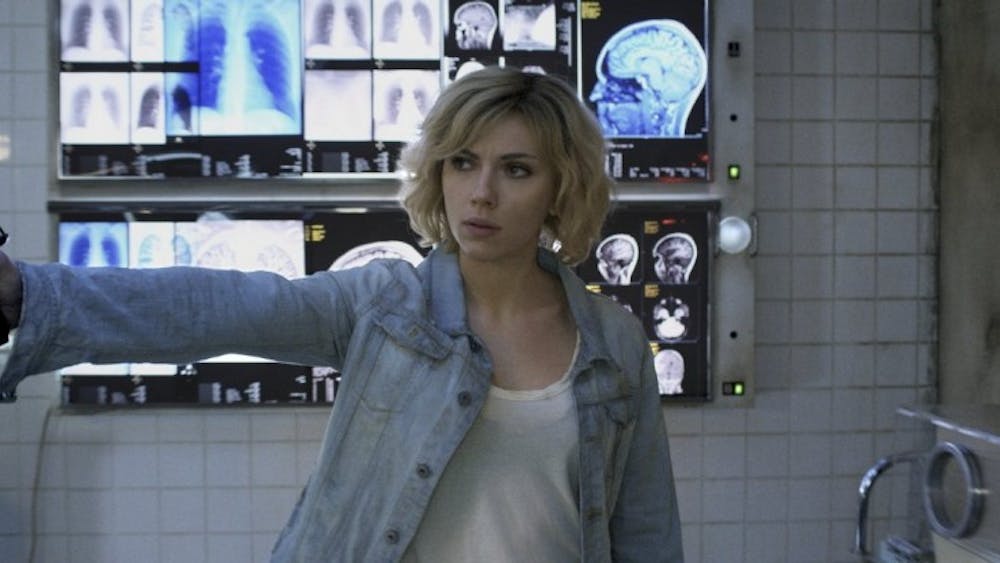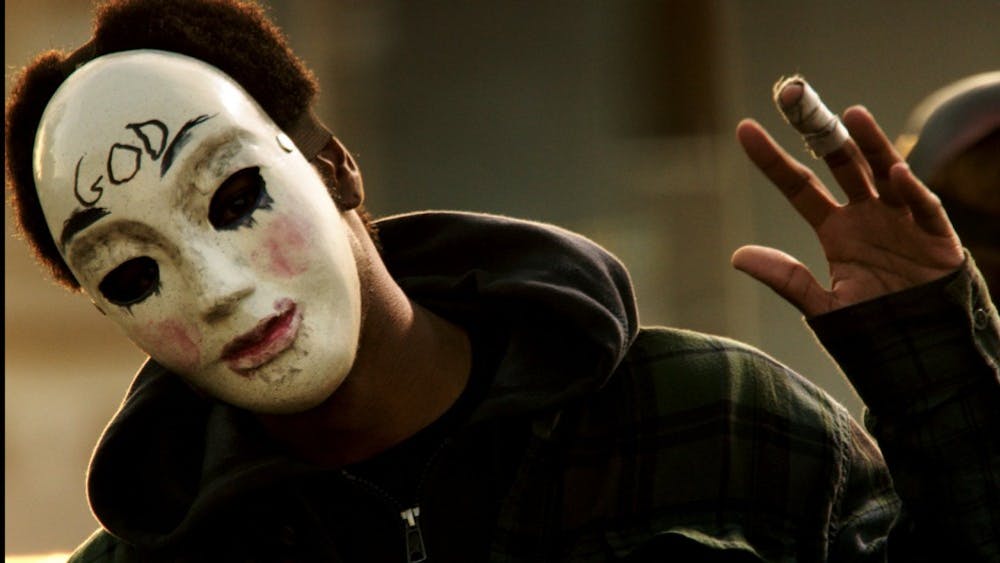With the exception of the BBC's 1995 version of "Pride and Prejudice," I have never seen a film adapted from a Jane Austen novel that was quite worthy of the author's original work. The smart adapters realize they can not duplicate the original Austen and instead reinterpret the material into something of an Austen tribute, combined with their own take on the material. Emma Thompson's "Sense and Sensibility" achieved just this. However, that's not the case with the newly released "Pride and Prejudice," an amalgam of Austen's wit, and a modern romantic sensibility that is too strong to overlook.\nThe plot concerns the Bennet family, who live in a country house in England. The mother of the family is a comical gem, occupying herself almost entirely with the business of marrying off her five daughters. Their father is a kind and quiet man, played wonderfully by Donald Sutherland. \nWhen a wealthy young man named Bingley comes to town, it is immediately accepted that he will be paired with one of the Bennet sisters. At a town ball, he meets and is enchanted by the "pretty" eldest sister Jane. He brings with him his arrogant friend Mr. Darcy, another well-to-do gentleman, played by Matthew MacFadyen. \nAt the party, Mr. Darcy is introduced to Elizabeth, the second eldest daughter, whom he finds plain and simple. Elizabeth is not guarded in her opinion of him either; she detests his arrogance and has no intention of spending more time on him than she has to. Part of the genius of Austen's love story is its admittance that the two main lovers truly do hate each other upon their first meeting. The fun of the story is watching how, by being thrown together over time, the two people interact with one another and discover who the other person really is. In the book, this is done in brilliantly written sequences, with Elizabeth and Darcy swapping words and wit. \nIn this film, it seems director Joe Wright is more concerned with getting straight to the "love stuff," and skipping much of the initial scenes that lead the audience to discover why Darcy falls for Lizzie in the first place. To be sure, some of the original dialogue is intact, but these parts are over too quickly, and the audience is left to wait impatiently for Lizzie to come to her senses and fall for Darcy. \nElizabeth Bennet is widely recognized as one of classic literature's great heroines. In Austen's work, she is intelligent, witty, graceful and courageous. Keira Knightley portrays the character with an appealing kind of charm, but doesn't quite attain the level of complexity belonging to the classic Lizzie. For the latter two-thirds of the film, she is too often standing still and staring at things happening with a kind of wonder on her face, looking picturesque, but not saying much. \nHowever, this is really nothing compared to a few well-composed, but obviously lingering, shots that exist solely to enhance MacFadyen's roguish sex appeal: Mr. Darcy riding a horse, Mr. Darcy pacing a room, Mr. Darcy walking in a field in the morning light: wash, rinse, repeat. \nThere are several problems with the film, and conversely, several reasons why the film works on many levels. But the main problem is this: They make it look like Darcy can't explain why he's fallen for Lizzie, when he's supposed to know perfectly well why he has. She is the only person he has ever known like her, and that's a person just like him.
Somewhere, Jane Austen is mad

Get stories like this in your inbox
Subscribe





